Ceará Aquarium, Brazil. Responsible? Sustainable? Is it at least finished? 2014 - 2024

Never finished with a considerable costs, the aquarium is now (10 years later) donated to the university.
The donation of the Acquario to the UFC was announced at a ceremony at the headquarters of the Ceará government, the Abolição Palace, attended by Governor Elmano de Freitas, former governor and current Minister of Education Camilo Santana, and the UFC’s rector, Custódio Almeida.
In a note sent to g1, the UFC explained that the donation process still has to “fulfil some legal requirements, which will be monitored so that they are concluded in the shortest possible time”. However, there is no definite deadline for when the donation procedures will be finalised so that construction work on the Iracema Campus can begin.
According to the UFC, the idea is for the Acquario complex to be the new headquarters of the Institute of Marine Sciences (Labomar), which is currently located around four kilometres away, on Avenida da Abolição, in the Meireles neighbourhood.
Labomar currently houses the Oceanography and Environmental Sciences undergraduate programmes, as well as the Postgraduate Programme in Tropical Marine Sciences. With the move to the Acquario, the UFC expects the new space to allow the creation of at least two new degrees: Ecological Tourism and Meteorology.
According to the Ceará government, the new UFC campus will have a “gamified and photorealistic virtual aquarium, with marine animals with dynamic behaviours, controlled by Artificial Intelligence, capable of interacting with each other and reacting to the public”.
This virtual aquarium will be part of the Natural Sciences Technology Centre (CTCN), a new structure that will share the Acquario space with Labomar. The CTCN will have the aim of promoting exhibitions on current and extinct ecosystems, fossils from the UFC’s collection, archaeological discoveries, among other topics.
The UFC says it should also receive a donation of a building belonging to the Post Office, located in a neighbouring street to the Acquario. The university hopes to sign a protocol of intent for the donation by February 2024.
According to the university, the works on the new campus are expected to be completed and Labomar will start operating in what would have been the Acquario in 2026.
When asked about the value of the work and the source of the funds, the UFC explained that the new project, taking into account the needs of Labomar and the CTCN, is still to be developed, and “only then will it be possible to better measure, from a technical point of view, the investments needed to install the Institute and the CTCN on the Iracema Campus”.
As for the resources needed to complete the work on the campus, the university pointed out that the Minister of Education, Camilo Santana, “has expressed his commitment to helping the UFC find the resources to make the campus a reality in the near future”.
Source
https://g1.globo.com/ce/ceara/noticia/2024/01/07/obra-de-aquario-no-ceara-ja-custou-r-112-milhoes-nunca-recebeu-um-peixe-e-tera-nova-funcao.ghtml
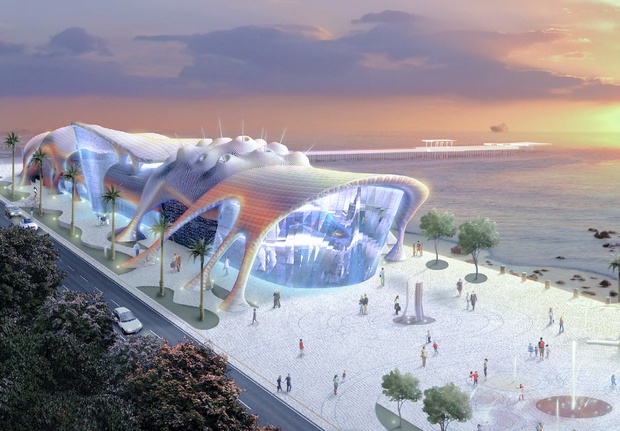
Is it possible today to continue on developing not responsible, sustainable or even green buildings? I came across this project while reading about tourism in the Northeastern side of Brazil, the Ceará Aquarium is one of the reasons why Gol Airlines has launched a new direct flight: Fortaleza (Brazil)-Buenos Aires (Argentina) 4600 km distance.
I am wondering if the Ceará Aquarium can be considered at least a green project, but there is a luck of news about that, apparently the project is controverted in both countries: in Brazil, protesters say the aquarium is being built without transparency. They’ve launched a Facebook page in response to the project, which they feel should be secondary to other issues in the country. In the states, people are upset about the expeditiure as well.
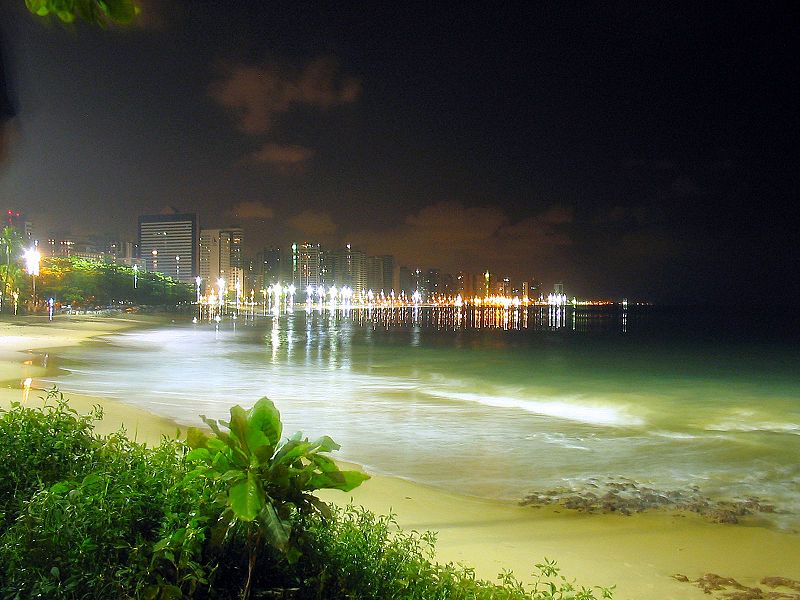
The Aquarium is financed by a US Federal Agency in order to create jobs for small businesses at home. The benefit for Brazil should be to drive tourism in the state of Ceará after the World Cup.
It seems that Ceará, one of the poorest states in Brazil, is using public money, in part, to construct the aquarium while it has long standing social problems yet to be resolved,” as written on Elizabeth Duffield’s study. Read more here: citylab.com.

In my opinion it is incredible to read this kind of projects now days, I am aware there are many of them, but I am concerned this Aquarium not only is not a responsible projects considering it doesn’t involve the local community from the beginning, even more it could be a dangerous factor for the whole county if Fortaleza is not ready to host all the expected visitors, I made a research on ecological process or materials in use for the Aquario but I didn’t find any results.
I am also wondering what will happen if the Aquario appeal doesn’t work? For a number of reasons, Duffield reports, Fortaleza lacks the cultural infrastructure to transform so quickly from a regional tourism hub to a global tourism center.
PS. Info & photo of Ceará Aquarium from citylab.com
Other photos: Wikipedia.org
Brazil Best Destination for Responsible Tourism Award 2013
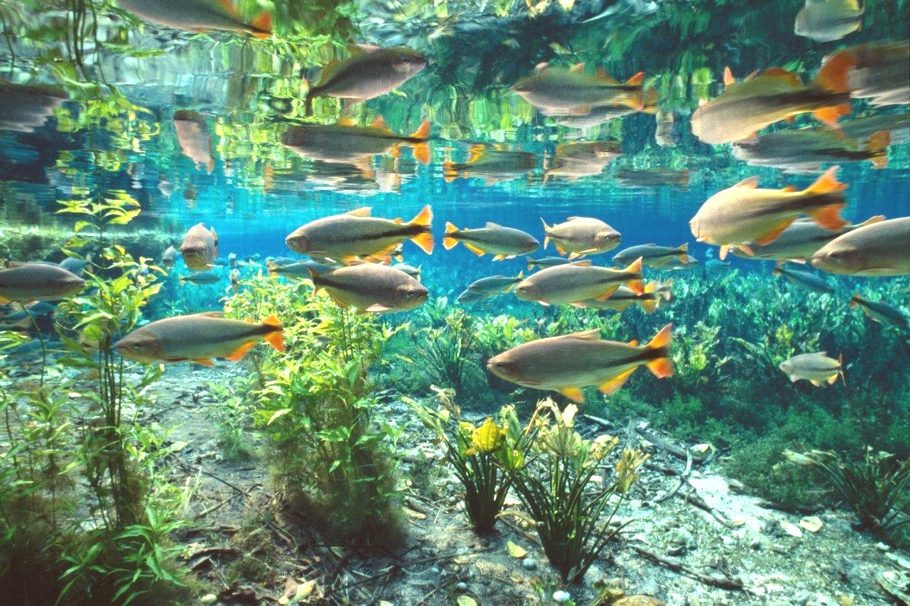
Waiting for the winners of 2014 , I want to remind you last year best Destination for Responsible Tourism: Bonito.
The Responsible Tourism Awards wants that all types of tourism, from niche to mainstream, can and should be organised in a way that preserves, respects and benefits destinations and local people. But even more than that, we want to give examples to inspire others.
The reason for winning: “Bonito was launched as a tourism destination when its natural beauty was revealed on Brazilian television in 1990; in 2012 it received 190,000 tourists. Bonito is famous for its crystal clear waters, caves, mountain and forests with diverse wildlife to be found in a national park and ten private reserves. As tourists began to arrive several concerns emerged: there was fear that unregulated tourism could impact on the environment. The private sector businesses and the public authorities realised that tourism development in Bonito needed to be managed so they developed a voucher system to control visitor numbers.
More info Responsible Travel winners of 2013
Photo and info: www.responsibletravel.com
Responsible tourism project in Rocinha Rio de Janeiro favela - 2013

Barbara Olivi, founder and president of the NPO Il Sorriso dei miei Bimbi, has been living in the Rocinha slum -in Rio de Janeiro- since 2002 .
“The happiest years of my life,” remembers Barbara, especially the education projects for early childhood and youths that her non-profit organization has been developing for over ten years in the heart of the favela: the Pre-School, the Youth Project, the Literacy Project and Family Assistance Program for families in particular conditions of social neglect.
In Brazil since 1998, Barbara began her “carioca adventure” challenging herself with a new profession: the tour guide.
This activity made her know and love the “Cidade Maravilhosa (Marvelous City) allowing her, at the same, to raise awareness for tourists and visitors about the activities carried out in Rocinha from “her” non-profit organization.
Tourism, over the years, has turned out to be an important vehicle to bring attention to the activities of the association and a powerful driver of visibility.
Many stories of friendship, cooperation and special meetings took place at the beautiful excursions in the favela Rocinha of which Barbara and her husband Julio (both guides with license and certification required in Brazil) are the undisputed protagonists.
The Rocinha is full of life, a river of energy that the tour will highlight showing the extraordinary everyday. At the same time, the non-profit organization would like to spread the knowledge of the favela and social projects it has been developing through the dignity and happiness of its inhabitants.
The excursion will thus become an unforgettable experience, organised to take care of the Community: people who suffer but have deep pride and dignity. 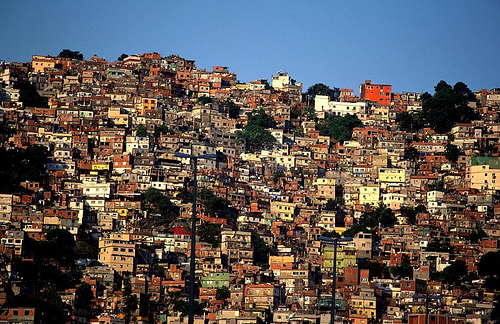
The tour becomes a very special experience: waiters, doormen, housekeepers, masons, craftsmen, cooks, students, artists, actors, young entrepreneurs: the favela is a melting pot of arts and crafts made by tired eyes and backs bent from work (when it is there), but also a lot of imagination, laughter and a contagious passion for life.
Through this experience, the young people have the opportunity to experience the importance of other cultures and put into practice the studied languages (Italian and English) demonstrating extraordinary communication skills and friendliness.
Please find more info at: www.ilsorrisodeimieibimbi.org
Sustainable tourism practices reduce costs: incentives in Brazilian tourism - 2012
 Sustainable tourism practices reduce costs, increases revenue and attract customers. The success of the hotel sector, an essential factor in the tourism industry, depends to a large extent on the availability of natural resources.
Sustainable tourism practices reduce costs, increases revenue and attract customers. The success of the hotel sector, an essential factor in the tourism industry, depends to a large extent on the availability of natural resources.
It may, however, have negative impacts on the environment by destabilizing it. While the concept of sustainability has gained attention, voluntary initiatives to minimize adverse effects in the accommodation sector arose, such as environmental management systems.
A fairly recent tool was created by the Ministry of Tourism of Brazil: the Brazilian System of Classification in Hotels (SBClass), whose aim was to promote communication between the hospitality industry and the tourists and guide them in their classification, meeting several requirements, among them sustainability, aimed at reducing natural resources. It serves as a guideline for hotel classification and for meeting several environmental standards.
Initiatives like this are positive and have already shown immediate results. For example, the “Pousada do Sol de Aracaju”, located on the beach of Atalaia in northeastern Brazil, an inn with an area of 6400 square metres and approximately 40 employees, started to invest in efficient environmental solutions such as water reuse and solar heating. Customers’ awareness was also raised to assist them in reducing the consumption of water and electricity. The incentive the clients to reuse the bath towels.
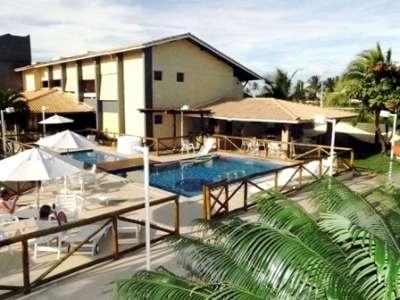
Given these changes, the venture achieved a significant reduction in energy consumption by up to20%. With these practices, they were able to avoid power cuts at peak hours in the early evening, when energy consumption is generally most costly.
In terms of sustainability, these practices may be considered preliminary and subject to improvement but it is important to point out that it is already a major concern among managers to adopt practices that decrease consumption of natural resources. And for these and other aspects, it is important to invest in measures that stimulate a sustainable business environment, in order to help reduce costs and to attract environmentally conscious customers resources.
Alessandra Leal graduated in environment Management in Hotels
Have your questions for our author? click here.
References: Viegas M. M. A. (2008). Instrumentos de Turismo Sustentável - Práticas Ambientais no Sector Hoteleiro do Algarve. Revista dos Algarves, Universidade do Algarve, Faro, Portgual. Leal, Alessandra do Nascimento (2012). Importância da gestão ambiental em empreendimentos hoteleiros - O caso do litoral sul de Pernambuco. Universidade Nova de Lisboa. Dissertação de Mestrado. Site: <http://www.turismo.gov.br/turismo/ingles/> Accessed October 2012.
